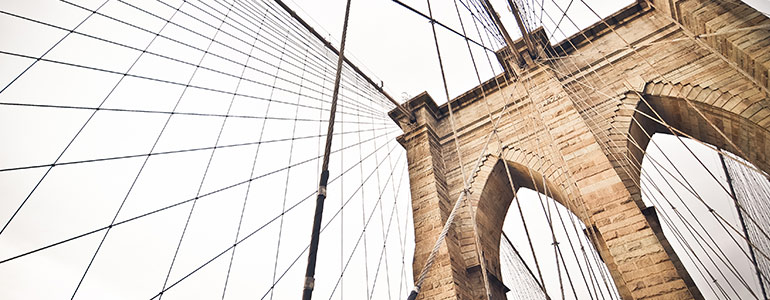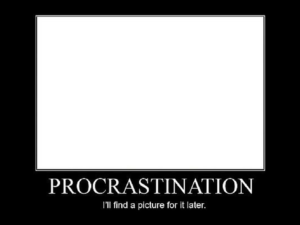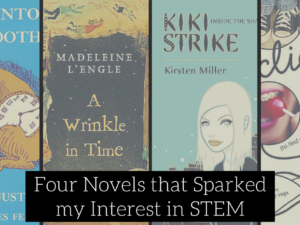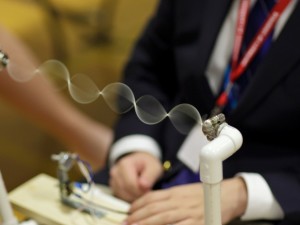
Cuts of charcoal. My muddled paint palette. Graphite stained skin. A small, seemingly strange sample of what you would find in the nucleus of my passion for engineering. Through endless explorations with artistic media, I’ve discovered that beneath a seemingly haphazard list of personal interests, I am an innovator and engineer at my core.
I remember sitting in front of a blank canvas with watercolors and a pen beside me. Ruler in hand, I carefully drew triangle after triangle until I constructed a robot-esque self-portrait. Then, I let watercolors bleed and drip onto the surface, escaping the bounds of each triangle. Colors organically mingled until I felt it properly represented a balance between my logical, linear, and organized side and my creative, spontaneous inclinations. Inspired by how I could use geometry to illustrate a psychological landscape, I evolved into incorporating quasicrystals, fractal geometry, technology, and physics into my exploration of art. I had few opportunities to explore the sciences in high school, with physics ending at 10th grade and only one science co-curricular available, but through art and the freedom to explore any topic I wanted, my curiosity and excitement in STEM was able to proliferate. Whether I’m engrossed in illustrating optics and the relativity of vision across organisms or studying the psychological response to penrose tilings, I’m continually creating new connections between math, technology, science, art, and society. Without art, I’m not sure I would have discovered such a passion and understanding of STEM’s diverse applications and connections to the humanities.
What has been incredibly rewarding about my artistic experiences is not the finished pieces but the process of “engineering,” the process of failure, growth, discovery, and problem solving. I look at art as a series of questions that I have to explore and solve. I’ve asked myself, “How do I sculpt an airplane out of pencils?,” “How do I illustrate the influence of corporate wealth in politics?,” “How do I challenge society’s notion of reality?,” “How do I visualize and relate the concept of entropy and inertia to politics?”
As I attempt to create an answer, I become scarred with glue, pastels, paint, and I can start to discern the outcome of the battle. Sometimes, I realize complete failure. The painting doesn’t contain enough depth, pieces are falling off their strings, the illustration is scientifically inaccurate, the sculpture collapses. But I add more paint to create depth, I use stronger glue, I recreate the illustration so that it matches my new research, I take detailed measurements and design a better way to stabilize the sculpture. Destruction and creation become synonymous. Surrendering an old piece to failure means the emergence of a new creature that is superior and better designed. I saw that this method of experimentation and design was little different from what an engineer practices every day.
By interacting with concepts of engineering in an unconventional, artistic context, I’ve found that it is often unfairly grouped strictly with the hard sciences. Unlike scientists, engineers cannot consider their work in ideal, isolated contexts. Our innovations are dependent on the finicky flux of humans and all of their institutions and complex political, social, and economic structures. Engineers are creative problem solvers who transcend the traditional boundaries of academia to solve the multidisciplinary problems of the world. Through art, I’ve come to understand how much I love exploring connections between the sciences and humanities as well as the process of problem-solving, design, the constant dance on the brink of knowledge to challenge current systems and improve the way we think and live.







